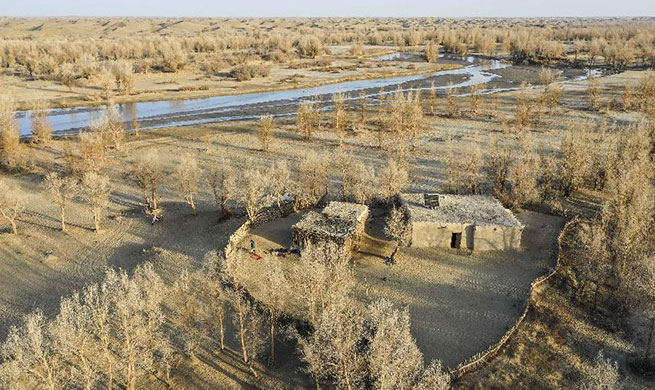BEIJING, April 6 (Xinhua) -- Chinese researchers have discovered a Metasequoia fossil in southwest China, the furthest south such a fossil that has ever been discovered, revealing a possible cause for the Metasequoia's disappearance in the region.
Numerous well-preserved leafy shoots and seed cones of Metasequoia have been brought to light after a deep sleep of between about 16-11 million years ago at the middle Miocene deposits in Sanzhangtian village, southwest China's Yunnan Province, by researchers from Xishuangbanna Tropical Botanical Garden.
The Metasequoia is an ancient plant with a narrow natural distribution in central China. Study of its fossils will enable researchers to understand how conifer plants distribute spatially and respond to climate change
As the first Metasequoia fossil in southwest China and the southernmost fossil of the genus around the world, the newfound fossils considerably expands the spatial distribution range of Metasequoia in the geological past.
According to the research published in Review of Palaeobotany and Palynology, the disappearance of Metasequoia in southwest China might be related to the evolutionary stasis of Metasequoia, most likely preventing necessary adaptations to increasing winter and spring aridity induced by the intensification of the Asian monsoon in this region during the Neogene.
The research is also supported by the Senckenberg Nature Museum in Germany.

















